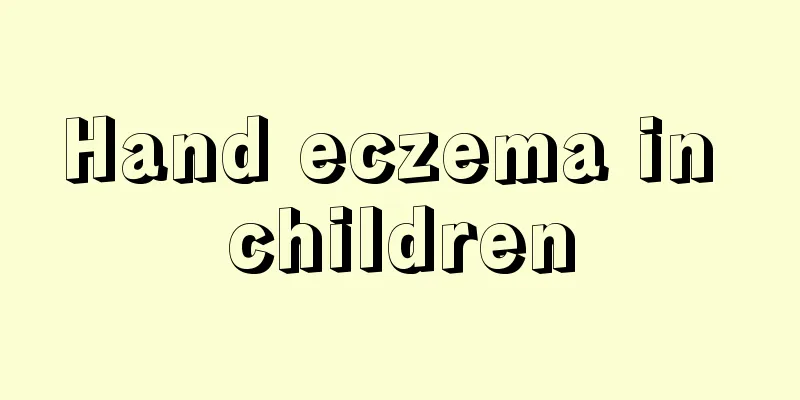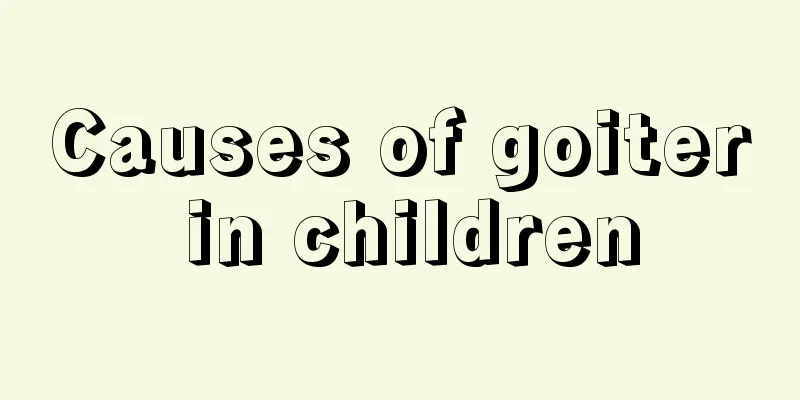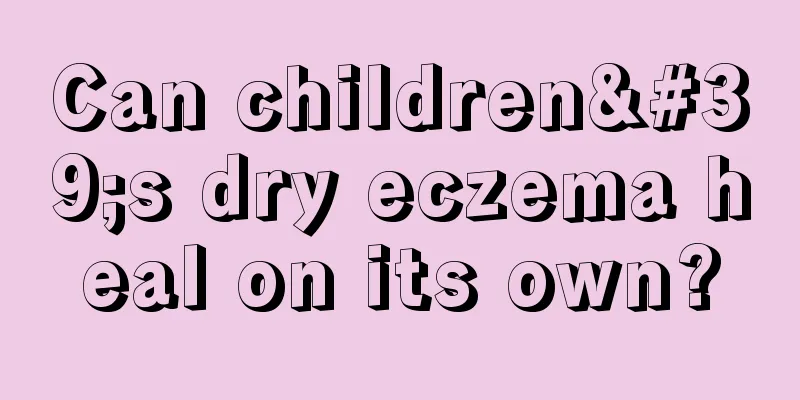Hand eczema in children

|
Hand eczema is actually not common, and its cause is difficult to determine. It is a complex, chronic skin disease. If children suffer from hand eczema, their skin will become very dry and dark red spots will appear on their hands. Hand eczema is a chronic eczema and the fingers may even develop cracks similar to frostbite. Hand eczema often requires internal and external medication treatment, and generally antihistamine and anti-inflammatory drugs are used. Hand eczema is an inflammatory reaction of the hand skin due to contact with various external irritants, and it is generally difficult to determine the cause. Most of them have a slow onset and a high incidence rate. The clinical manifestations are dry hands, dark red spots, local infiltration and hypertrophy, and frequent cracking in winter. It is more common among housewives, so it is also called "housewife hand". The skin lesions of hand eczema present as subacute or chronic eczema, often occurring on the back of the fingers and the palms of the fingertips, and can spread to the back of the hands and wrists, with unclear boundaries or small flaky lesions. In chronic cases, the skin may become infiltrative and hypertrophic, and cracks may occur due to finger movements. The skin around the nails swells, and the nails may become thick and irregular. Hand eczema can also occur on the palm side, which is localized, but the edges are not obvious, mostly rough, with papules, herpes, and infiltration and hypertrophy, and often cracks in winter. When hand eczema only occurs on the fingertips, it is also called fingertip eczema. When it occurs in the middle of the palm and the palm side of the fingers, the skin lesions are dry, the keratin proliferates, and the cracks are called chronic recurrent vesicular/keratin hyperplastic hand eczema. Skin lesions may also occur in the skin between the two adjacent fingers and the distal metacarpophalangeal joints of the palm. The lesions are apron-shaped and are also called apron-like eczema. Hand eczema caused by frequent contact of hands with animals and internal organs is also called slaughterhouse eczema. The purpose of internal drug treatment is to fight inflammation and relieve itching. Antihistamines, sedatives, etc. can be used, and antibiotics can be added for those with secondary infections. For topical drug treatment, glucocorticoid emulsions and pastes can be used in the subacute stage, and antibiotics can be added to prevent and control secondary infection; ointments and plasters can be used in the chronic stage; and glucocorticoids can be injected intralesionally for stubborn localized skin lesions. |
<<: What to do if baby has eczema in private parts
Recommend
At what months can babies crawl?
The arrival of a newborn means that a life has co...
Can a one-year-old baby drink goat milk?
When it comes to goat milk, everyone knows that g...
What to eat for children with acute gastritis
If you find that your child has vomiting, abdomin...
Is it necessary to supplement cod liver oil for newborns?
Cod liver oil is a substance extracted from fish ...
What can umbilical cord blood sampling reveal?
Umbilical cord blood puncture is a painless exami...
What causes a child to have a stomachache and vomit?
The causes of stomach pain in children are very c...
How tall and heavy is a three and a half year old boy
The impact of a child's growth on a family is...
How to get your baby to sleep early
Babies are different from adults. Their daily rou...
What to do if your 6-year-old child is disobedient
There is no child who is not annoying. Although p...
Newborn crawling training
When babies are five or six months old, their bod...
What are the symptoms of laryngitis in children?
The so-called pediatric laryngitis is the pediatr...
What are the treatments for indigestion in children?
Many times, because babies cannot speak or expres...
What's the matter with the blue veins on the bridge of the child's nose?
Adults are very concerned about children's ph...
How to comb your child's hair to look good
If there is a baby girl at home, the mother alway...
Is it cerebral palsy if the baby keeps kicking his legs?
For newborn babies or infants, they are the lifeb...









